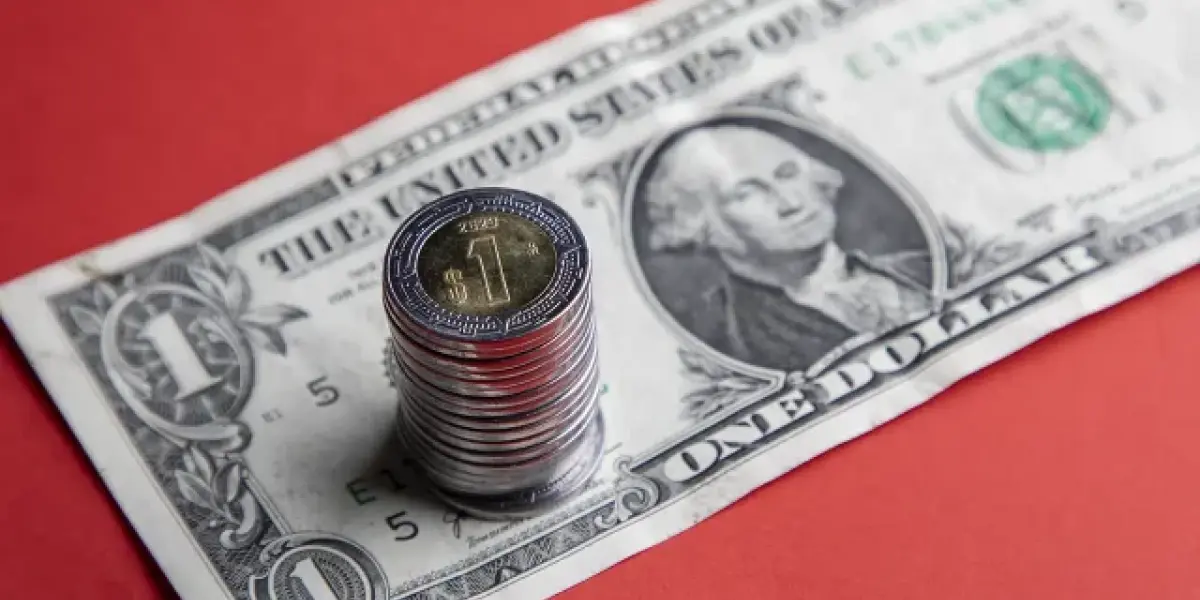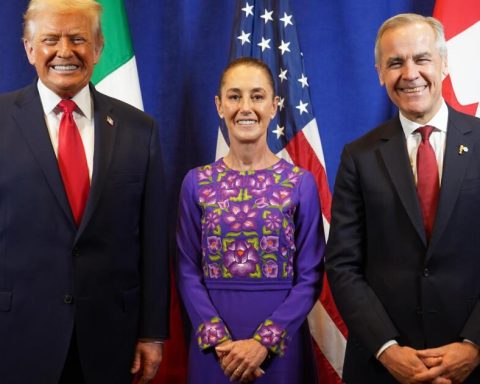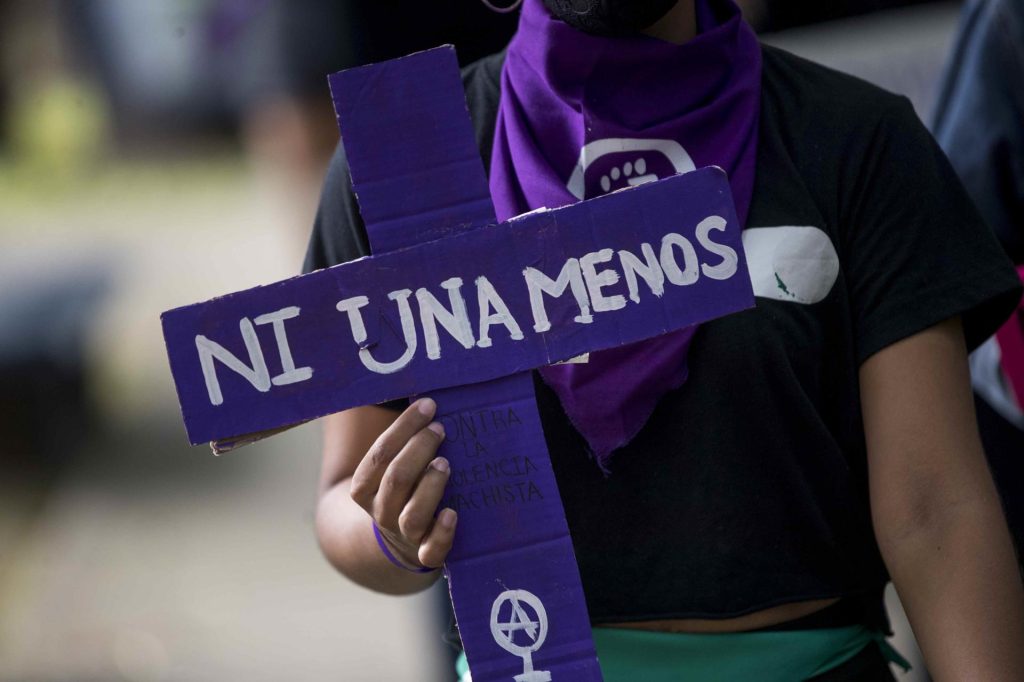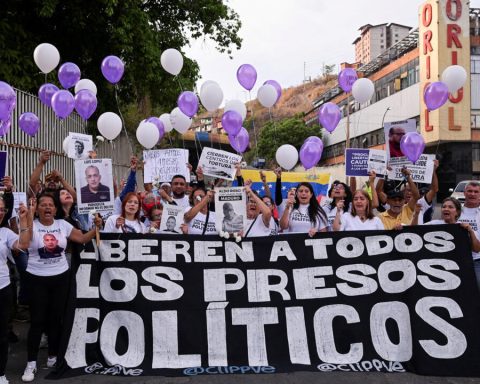The peso depreciated 2.32% in electronic operations this Monday afternoon, to settle at 20.7541 units per dollar, after statements by the president-elect of the United States, Donald Trump, who threatened to impose 25% tariffs on products imported from Mexico , China and Canada.
On the first business day of the week, the exchange rate closed at 20.2833 pesos per dollar, according to official data from Banco de México (Banxico). However, around 6:00 pm Central Mexico time, the peso already reached 20.7541 units per dollar, due to Trump’s statements.
“On January 20, as one of my many first Executive Orders, I will sign all the necessary documents to charge Mexico and Canada a 25% tariff on all products entering the United States, and its ridiculous open borders,” Trump said in a post on Truth Social.
He added that the tariffs will remain in place until the two countries clamp down on drugs, particularly fentanyl, and migrants crossing the border illegally.
“One of the worst responses that Mexico could give to Trump would be to also impose tariffs. That would only cause more inflation in Mexico and would not put pressure on Trump to remove his tariffs,” said Gabriela Siller, Director of Analysis at Banco Base.
He explained that these tariffs would be the equivalent of the T-MEC not existing and with this the Mexican economy would quickly enter a recession.
Felipe Mendoza, Financial Markets analyst at the Latin American broker ATFX, commented that Trump’s statement affected the peso directly, as Mexico was one of the nations involved in the news.
“Does this affect weight? Totally, the impact on the Mexican peso is direct, not only because of the strength that the dollar takes due to the news, since Mexico is clearly one of the countries directly involved in the news, in these extra tariffs that are being discussed at this time. “added the expert.
The Mexican currency weakens as it enters into these new lawsuits and tension increases not only with China and Mexico, but now also with Canada, explained the expert, who predicted a day of volatility this Tuesday for the peso against the dollar.
China in the package
In addition to tariffs on all products from Mexico and Canada, it will apply an additional 10% tariff on products originating in China, citing concerns about illegal immigration and the illicit drug trade.
“I have had many conversations with China about the enormous quantities of drugs, particularly fentanyl, being shipped to the United States, but to no avail,” Trump posted on Truth Social.
The president-elect stated in the publication that Chinese officials promised him that the Asian country would execute drug traffickers who were caught funneling drugs to the United States, but “they never followed through.”
In early November, Marcelo Ebrard, Secretary of Economy, declared that Mexico will respond with retaliation if the president of the United States decides to impose a generalized 25% tariff on imports of Mexican products.
Ebrard commented that this decision would have a great immediate impact on inflation and the US economy, as Mexico is its main trading partner, and left open the possibility that Trump could actually do so.
“If you apply a 25% tariff to me, I have to react with tariffs and I am your main importer, along with Canada,” the official responded this Monday in an interview with Radio Formula.
Threats
On the eve of the election, Donald Trump promised to impose a tariff of 25% and, if necessary, up to 100% on all product imports from Mexico, if President Claudia Sheinbaum does not stop what he called an “avalanche of criminals.” and drugs” in the United States.
“If you put tariffs on me, we are also going to put tariffs and what does that lead to, well at a huge cost for the North American economy. What’s more, the president’s (Trump’s) own main promoters would not agree with an impact of that size on the economy,” Ebrard added.
In 2018, the United States Trade Representative (USTR) determined, pursuant to a “Section 301” investigation, that China’s acts, policies and practices related to technology transfer, intellectual property (IP) and innovation were unreasonable or discriminatory and hindered or restricted US commerce.
To counter them and achieve their elimination, the Trump administration used Section 301 authorities to impose four rounds of increased tariffs on approximately two-thirds of US imports from China.
To avoid harming US interests, the USTR put in place a new policy allowing interested parties to request “tariff exclusions” for US imports that would otherwise be subject to tariffs. Some policymakers and stakeholders have raised concerns about the implementation of the opt-out request process.














